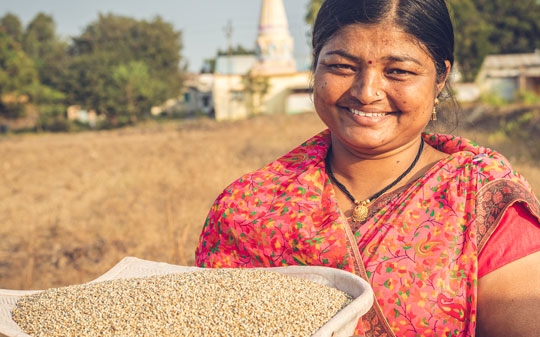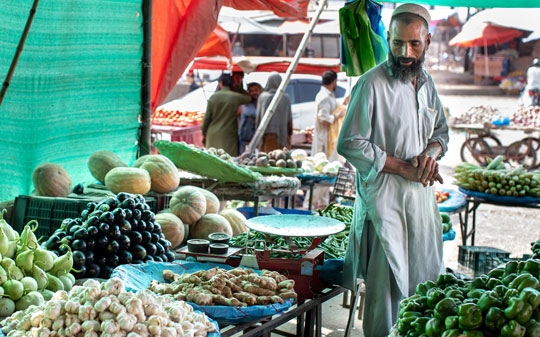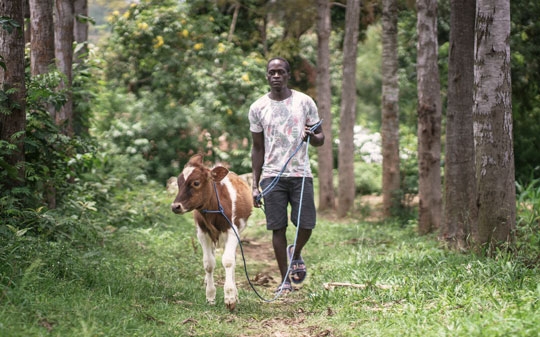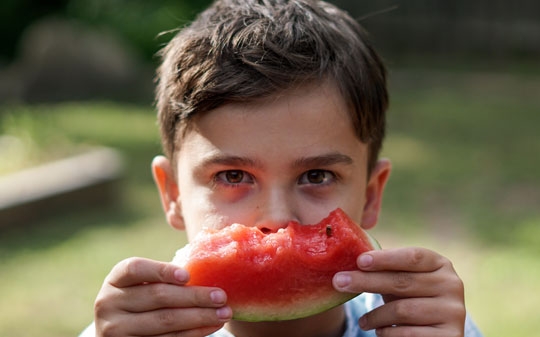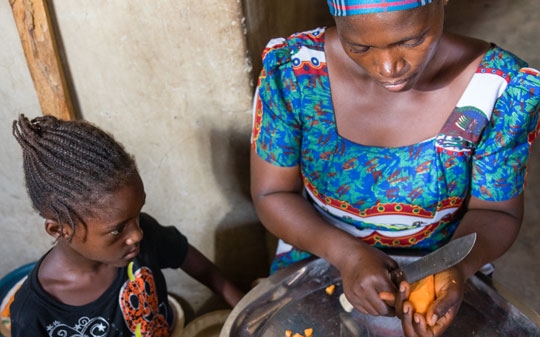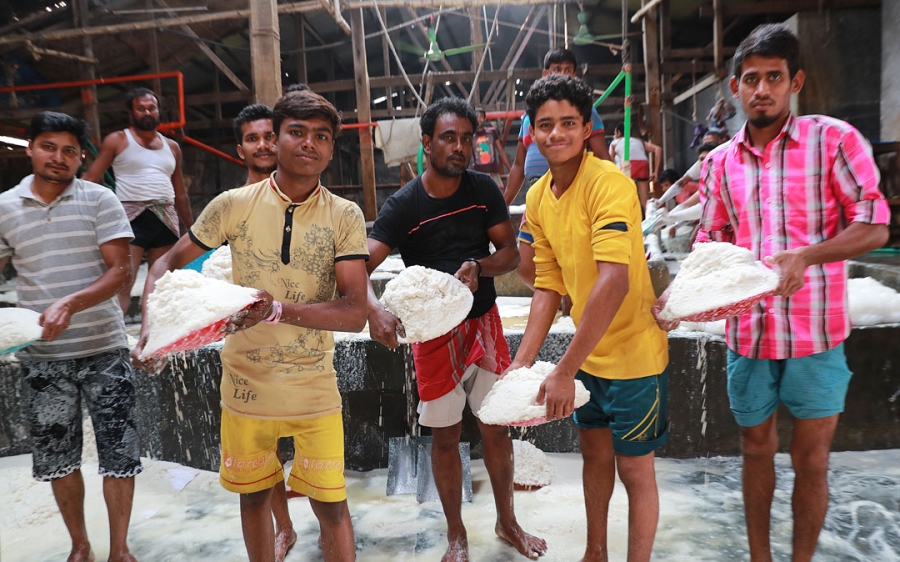
What is the link to nutrition, food systems and policy pathways?
Affordability prevents people experiencing poverty from accessing nutritious food and they may be excluded from resources necessary to buffer against food system shocks. Therefore, addressing inequities in the production, distribution, and consumption of food is critical for promoting consumption of nutritious foods among this population.
